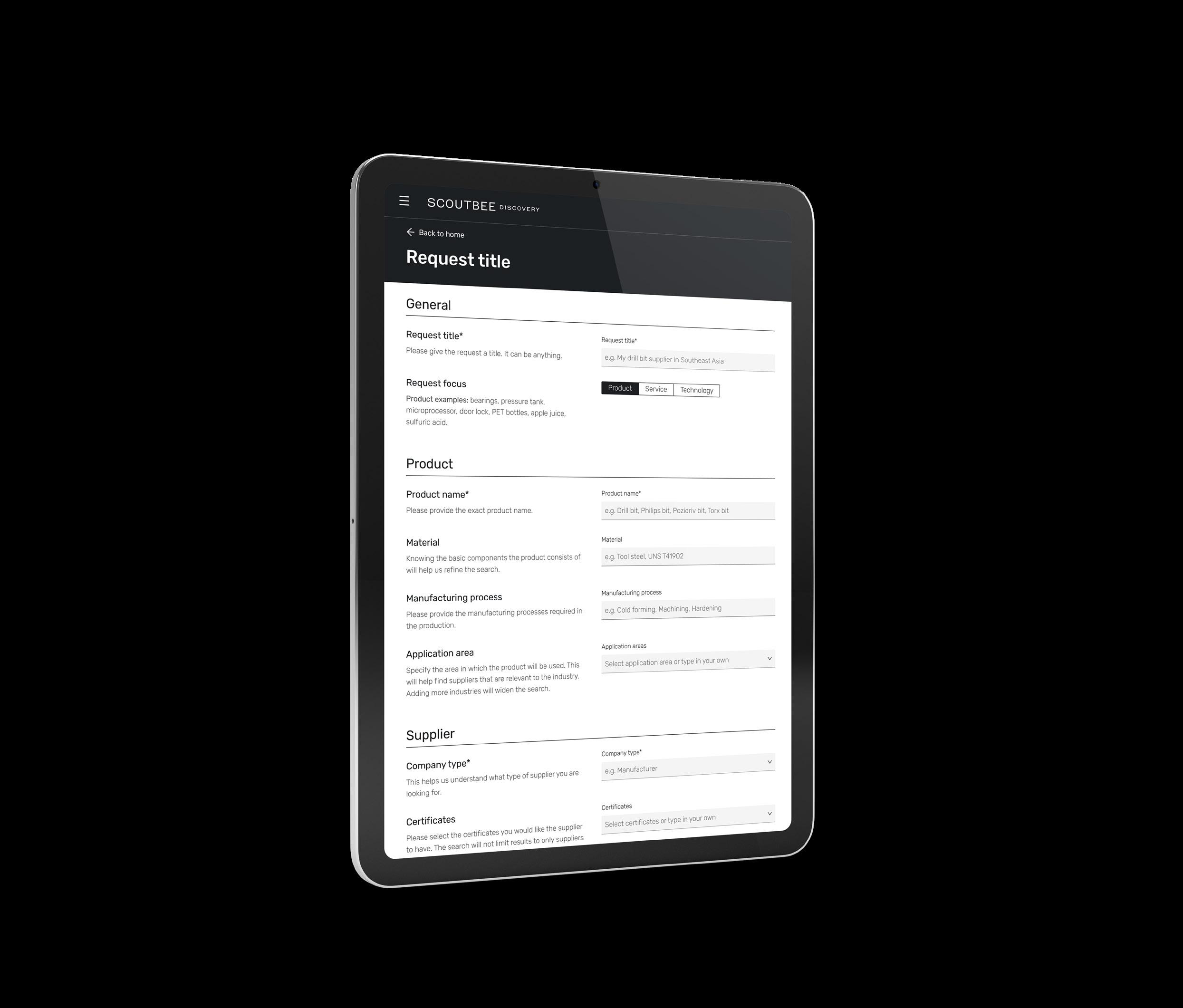AN ITALIAN AUTOMOTIVE MANUFACTURER PUTS
THE BRAKES ON SINGLE SOURCING
Not satisfied with the quality of logos and emblems produced by their sole supplier, an automotive manufacturer based in Italy was on the hunt for new suppliers with more competitive prices and flexible delivery options.

Two procurement managers at a globally recognized Italian automotive company were not having a good month. For weeks now, they had been searching for new suppliers of aluminum emblems and logos, all to no avail. They had been having problems with their current – and only – supplier for some time, and were desperately seeking to put themselves in a better position when it came to quality, flexible delivery, and pricing.

The automotive manufacturer found itself stuck in a monopoly situation with the balance of power firmly weighted in the supplier’s favor. They had little wiggle room when it came to price negotiations and, should this sole supplier experience any difficulties, they would be left high and dry when it came to these essential components, potentially bringing production to a halt.
On top of that, they had been experiencing quality issues with this supplier and were increasingly unhappy with the results of the coat removal process. The problem was that their hands were tied - they only had knowledge about local suppliers with no insights into the international supplier market.
Gaining a view of the international supply market could only bring benefits. First of all, it would help to create a more resilient supply chain by providing alternative suppliers they could switch to in times of disruption. Moreover, having additional suppliers to invite for an RFI would increase competitiveness in the supply base and open up opportunities to negotiate better prices. The overall quality of the components would also likely improve with the addition of extra suppliers with higher quality services.
Having exhausted all the “old faithful” approaches – googling, sifting through their existing supplier databases, and asking around their networks for recommendations – the two procurement managers decided to see if Scoutbee Discovery could succeed where all other methods had failed.
They entered a set of complex criteria in the search form, including information on the manufacturing process and the materials used, as
well as the certifications a supplier had to have to be eligible for this demand. They were also able to specify which regions they wanted to look at - in this case, the whole of Europe.
Based on the criteria, the algorithm aggregated billions of supplier data points. After analyzing the gathered data for the number of matches between the search criteria and the information aggregated, the 25 most relevant supplier profiles were then enriched with third-party data on revenue, employees, and certificates.
These 25 enriched suppliers were presented in a list, which linked to a detailed profile for each supplier, including the third-party data, and information on location, contact details, and a short company description.
The entire process - from submitting the search criteria to receiving the supplier listonly took four days.
The procurement managers now had a much better understanding of their supply options in Europe. They had completed the scouting project in just four days and, actually, had only put in two hours working on it – not that they’d be telling their boss that…
With 20 suppliers invited for an RFI, they had grown their supply pool significantly, helping them foster supply chain resilience, unlock potential cost savings, and create the opportunity to find better quality suppliers. All in all, not bad for two hours’ work!

If you’re looking for a way to mitigate risks and save costs in your supplier sourcing, get in touch with us today to see how we can help.

Website : scoutbee.com
